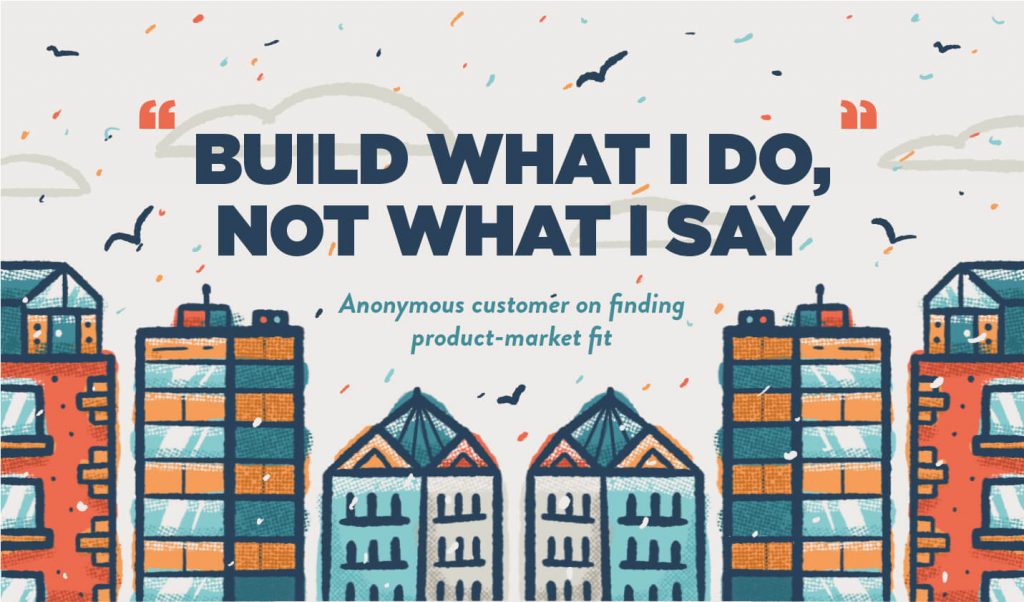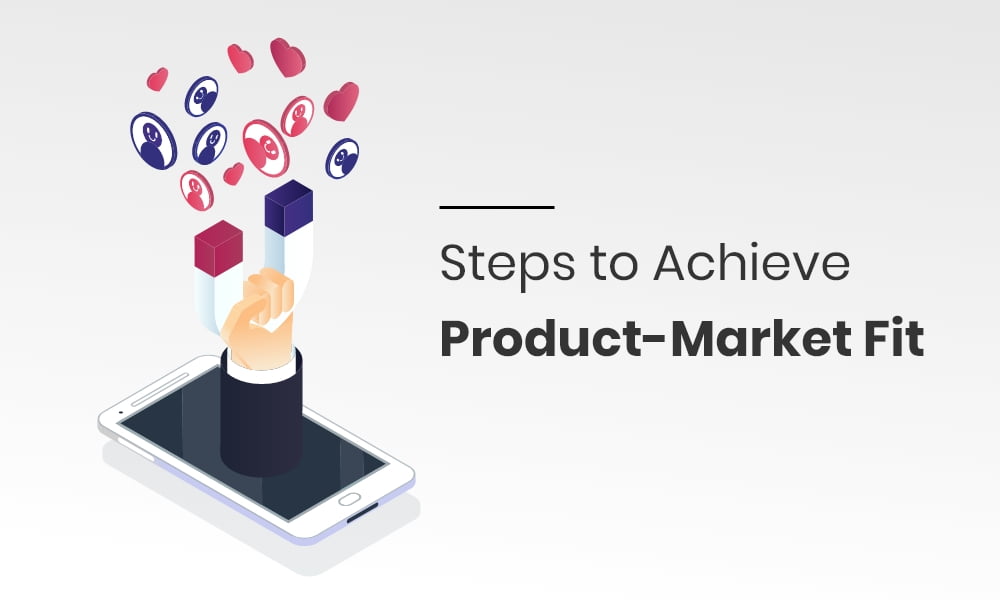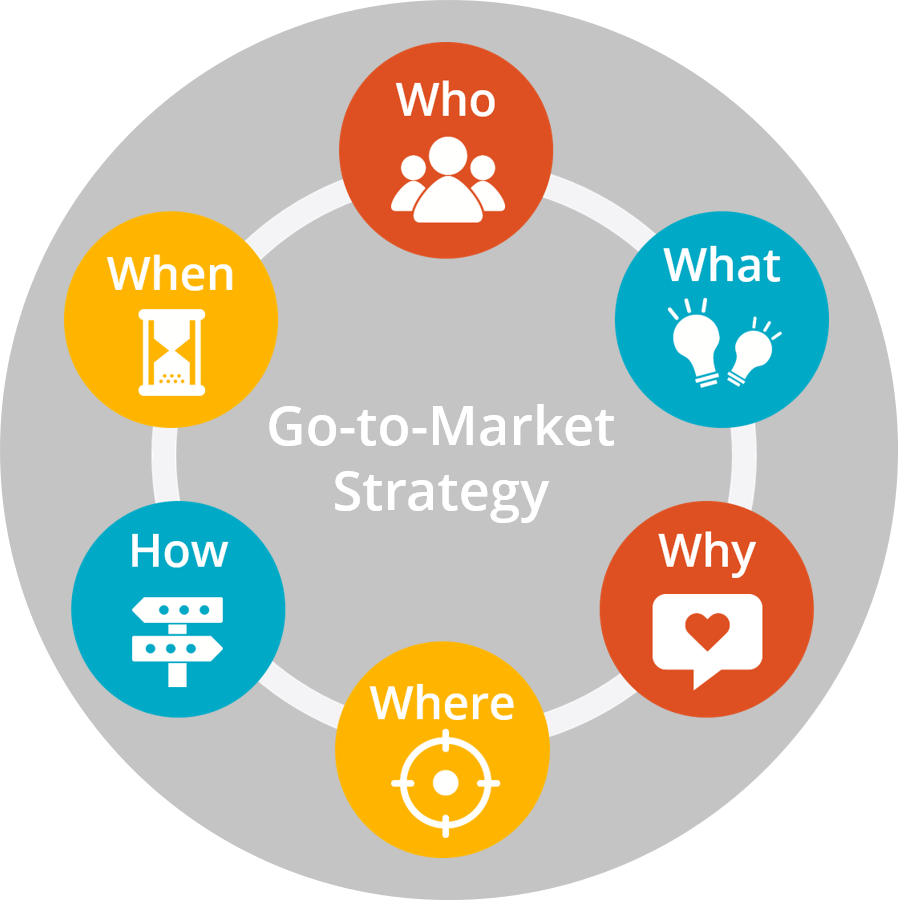The product roadmap highlights where the organization is, where the organization wishes to be, and how it will get there.
Developing a Product Roadmap
Road mapping is a key component of strategic planning. The act of creating a product roadmap may catalyze discussions about where and why you will focus your efforts. When your product strategy is linked to implementation, you will always be able to trace the impact of your efforts. In this article, we explore the concept of a product roadmap and discuss how it benefits a business/startup.

What is a Product Roadmap?
Building a product isn’t something you can do in one night, one day or even one week. It needs concentrated efforts that are reliable, adaptable preparation and many other logistics to consider. Product roadmap refers to the planning that goes into creating a new product or feature.
A product roadmap depicts how a product manager intends to produce a product and contains the budget and strategy to produce it. It is a strategy for creating your product and a plan for how it will satisfy a set of commercial objectives.
A product roadmap depicts how your product will evolve. It outlines where the organization is now, where it wants to go, and how it will get there. It is a useful reference for teams to plan activities and carry out the strategy.
A product roadmap is not a to-do list for operations. Rather, it is a strategy document that will assist you in developing a plan for your product and keeping your team on track in carrying out that plan. It is a tool for sharing your product vision and carrying out product strategies.
Here are a some of the tasks that a product plan accomplishes:
- Describe the vision and strategy for your product.
- Create a strategy for executing your product’s strategy.
- Ensure that all stakeholders are on the same page.
- Discuss and plan all of the situations as soon as possible.
Why are Product Roadmaps Important?
It takes tremendous effort to create and deliver a product. It requires real commitment towards your goals — from product management and product marketing to engineering — to pull it off properly. This devotion is best exemplified by the product plan. It is a guarantee to your team and consumers that you will be held accountable for the most important tasks.
Roadmaps are extremely effective communication tools. However, there are also other significant advantages to using one. Product roadmaps, in particular:
- Back up your vision and strategy
- Create an action plan for bringing your strategy to life.
- Allow time for debate and scenario planning.
- Boost motivation

Who is Responsible for Creating a Product Roadmap?
Creating a product plan should be a collaborative endeavor. While it is easy to veil product priorities in mystery, teams thrive when transparency and honesty are valued. This is especially true if you’re working on numerous products or providing support for legacy software.
Product managers are in charge of the product roadmap. He/she is in charge of gathering research, ideas, and feedback, translating and prioritizing these materials into features, and eventually constructing the roadmap itself. They also determine when and how to construct the best roadmaps for the team.
Ultimately, the product management team (or product manager) should be responsible for what makes it onto the roadmap and updating it as needed.
How to Build a Product Roadmap
1. Define your product’s goals
The product strategy describes how you intend to accomplish your product vision. It connects your product vision and roadmap by converting the vision into activities that will be emphasized in the roadmap.
Product strategy assists you in developing your future product and thereby, lays the groundwork for your roadmap.
Your product strategy should contain information on:
- What kind of a product it will be
- Who are the customers
- How it will fit into the market
- How it will create value for customers
2. Keep your roadmap clear and concise
Product development goes a lot more smoothly when everyone on the team is working toward the same goal. However, this can only happen if the entire team understands the product and its role in its development.
It’s critical to maintain your roadmap basic and straightforward. You may believe that a complex game plan will outline each stage of your accomplishment, but this approach will only result in miscommunication and missed deadlines. The key to keeping staff focused and motivated towards the same objective is to have a clear and concise plan.
3. Breakdown features into user stories
Product features can help you quickly understand your product. However, the problem is that they can’t easily fit into sprints. Hence, breaking down features into sprints is essential for further simplification.
Here are some examples of how features can be broken down into user stories:
- Individual workflow stages can be used to divide features into user stories. It will assist you in better understanding your product and planning your efforts.
- Organize features by happy/unhappy flow, or how functionality acts when everything goes smoothly versus when there are exceptions, deviations, or other issues.
- Sort features according to the data types they return or the parameters they must manage.
- Break down features into Create, Read, Update, and Delete activities.
5. Set a timeframe
A destination is required for a roadmap. Set a rough but reasonable timetable based on your intended objective and the difficulties you’ve discovered.
Are these problems with apparent easy fixes that you can test in a few months? Or are you committed to major strategic changes that might take years to fully implement?
Remember that transformation takes time. A product roadmap, on the other hand, should demonstrate progress early on, so you don’t commit to chasing outcomes for years on end.
6. Customize the roadmap for your stakeholders
The process of creating and delivering a product requires several teams, each of which has its own set of ambitions. While your development team may be interested in seeing the product’s development aspect of the product roadmap (i.e., what technology they’ll be expected to use, when they’ll be expected to complete the work, etc.), your investors may be looking for an overview of how you plan to grow market share over the next few quarters.
As a result, personalizing your product roadmap to showcase the specific facts they’re looking for is critical.
7. Review your product roadmap
There’s a good chance your product roadmap won’t be ideal. And that’s just OK. You’ll have to rouse your staff to fulfill deadlines if unexpected barriers arise. It’s all a natural part of the procedure.
You may, however, protect your roadmap by evaluating it whenever you have an issue.
The details in your roadmap are not set in stone. As the priorities of your company change, and as the customer needs and market trends evolve, updates to your product roadmap along the way will be inevitable.





